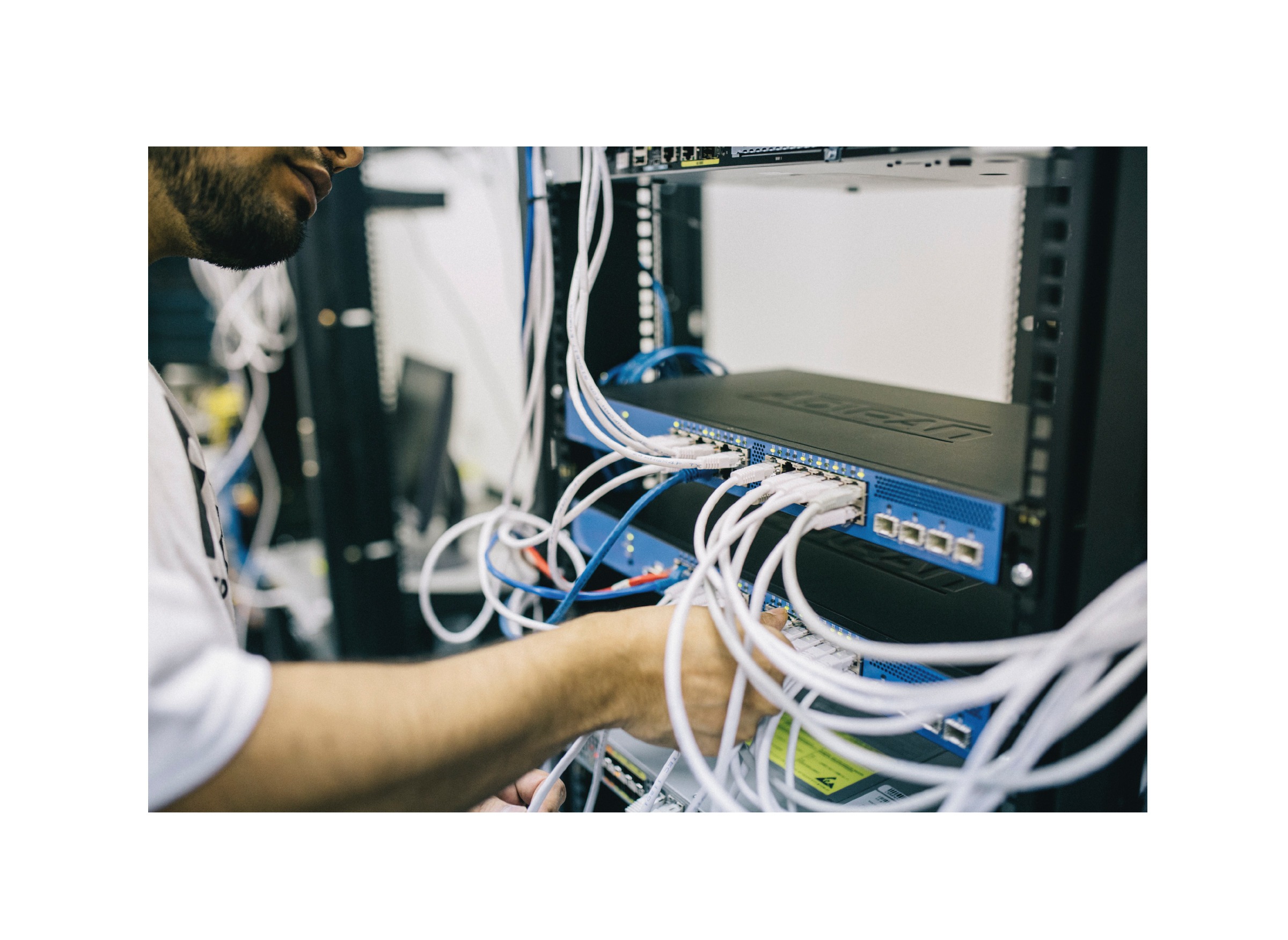1. Preliminary
Human microchip implants (“HMI”) are identifying integrated circuits[1] device or Radio Frequency Identification (“RFID”) transponders[2] encased in a silicate glass and implanted in human bodies. Such implants (also called subdermal implants) generally contain a unique identification number that can be connected to external databases, that may store a user’s personal identification, criminal records, medical history, medications, allergies, and contact information. Kevin Warwick, a British scientist, was the first to experiment with RFID implants in 1998 where he used it to open doors, switch on lights, and interact with other systems of his building.
2. Adoption, vulnerabilities and innovation
2.1 Who is doing what?
Sweden has become a leader in HMI. Over 4000 Swedes were found to be microchipped in 2018. Sweden’s largest train company (state-owned SJ) nowadays also allows commuters to use their HMI as tickets. The Gather festival, a two-day interdisciplinary conference to discuss tech ideas, in Sweden on 13 September 2019 also featured a “chipping party” where willing participants were implanted with a microchip for SEK 1495 (approx. INR 10,800). The chipping party was hosted by Swedish microchip company Biohax International and Disruptive, a Swedish human augmentation design agency.
Wisconsin based Three Square Market (a vending machine company) offers chip implants to its employees that allows them to log into their computers, purchase food in the canteen, open doors, etc. 50 employees had proactively signed up to be chipped when the company had offered HMI for the first time in 2017. Many more employees have signed up since. Video surveillance firm CityWatcher had embedded HMI under the skin of two employees in 2006 after the Food and Drug Administration approved its use in humans for medical purposes. Several states in the US reacted to this by considering legislative steps to proactively safeguard individual rights from the approved HMI technology, however, only five states adopted laws addressing HMI and only two of these five states address HMI’s use by employers. Swedish start-up hub, EpiCentre, had announced that it would offer such implants to its member start-ups in Stockholm in 2015. By 2017, 150 out of its over 2000 member employees had HMI. In addition to being used for accessing computers, etc., these HMI were also being used by EpiCentre’s member company bosses to track their employees’ work times and length of toilet breaks. BioHax International, the supplier of chips to Three Square Market, had said that a dozen of other firms (including multinational firms) were looking to roll out similar chips for their workplace.
2.2 Reception and criticism
It is argued that such chips may allow corporations and the government to maintain complete surveillance over the microchip users. Barry Steinhardt, director of the technology and liberty program at the American Civil Liberties Union said that “we’re on a verge of creating a surveillance society in America”. Some critics view HMI as the “fulfilment of a biblical prophecy” that portrays an evil’s era where humans are forced to take the “Mark of the beast” on their bodies to buy or sell anything. Other see this as a step towards the creation of a Big-Brother Society[3]. An emergency physician at Beth Israel Deaconess Medical Centre though is optimistic about having an HMI because it might help his doctors during an accident with his medical information, he, however, feels that it may have come at the cost of him losing his anonymity.
2.3 Vulnerabilities
RFID chips can only carry 1 kilobyte of data, however, may contain information that hacker may intend to acquire. Mark Gasson, a researcher at Reading University, in 2010 tweaked his implant to make it download a computer malware. He said that “It was actually a surprisingly violating experience” and had become a danger to the building’s systems. He also said that since the implants cannot be switched off, it further adds to the problems. For instance, an article published in the Journal of the American Medical Informatics Association highlights the vulnerabilities of using VeriChip, a HMI manufactured by Applied Digital Solutions. Proposed uses of VeriChip include identification of medical patients, physical access control, contactless retail payment, and tracking of kidnapped victims. After studying the potential risks associated with VeriChip, the authors concluded that VeriChip is vulnerable to simple over-the-air spoofing attacks. The authors said “In particular, an attacker capable of scanning a VeriChip, eavesdropping on its signal, or simply learning its serial number can create a spoof device whole radio appearance is indistinguishable from the original”. The authors argue that VeriChip’s use should be restricted only to identification of a person and not authentication of a person. That should also disincentivise hackers from trying to extract the implanted VeriChip from a user’s body.
2.4 What’s next?
Companies have also started to innovate on RFID chips to integrate them with more features. Grindhouse Wetware, an innovative biotechnology start-up in Pittsburgh is working on powered implants with an internal rechargeable battery power source. Grindhouse Wetware’s cofounder Tim Cannon recently inserted a monitor into his forearm that tracks his body temperature and transmit this information to his android device through Bluetooth. Cannon’s monitor, named ‘Circadia’ that looks slightly smaller than a stack of visiting cards can be used to control a Bluetooth thermostat or to call an ambulance should Cannon’s body temperature fluctuate suddenly. The company’s spokesperson, Ryan O’Shea, said “This was to prove that we could design and implant a subdermal device in the body for nonmedical purposes,”. He added that “We’re [Grandhouse Wetware] looking at what abilities humans could have evolved to have biologically but didn’t, like bioluminescence.”. While speaking of his experience, O’Shea said that his implanted Circadia has a green LED light that is meant to indicate if it is connected to Bluetooth or not. The light is, however, placed under his tattoo that provides an illuminating effect beneath his tattoo which has caught people’s attention in the past. O’Shea explained that such experiences led the company to develop ‘Northstar’, an implant that lights up in the shape of a red star when implanted under one’s skin. He added that the upcoming version of the company devices will also include gesture recognition.
3. Closing remarks
Though HMI have gathered some buzz for the utility they offer, its widespread acceptance is yet to gain momentum. HMI can also be considered ‘risky’ since all the side-effects associated with having an implant are yet to be determined. Similar to most devices, HMIs also run the risk of being hacked. And with increased conversations around privacy and unprecedented social barriers, the widespread adoption and commonplace use of HMI appears to only be an episode of the future.
(Authored by Vihang Jumle, Associate, with inputs from Anirudh Rastogi, Managing Partner at Ikigai Law.)
[1] Integrated circuits are chips that can function as amplifiers, oscillators, timer, processors and computer memory.
[2] A transponder is a device that automatically picks up and responds to an incoming signal. It is formed from the two words transmitter and responder.
[3] The phrase refers to the government’s surveillance of the people with listening devices and cameras, in a totalitarian society, where Big Brother is the head of the totalitarian regime.









